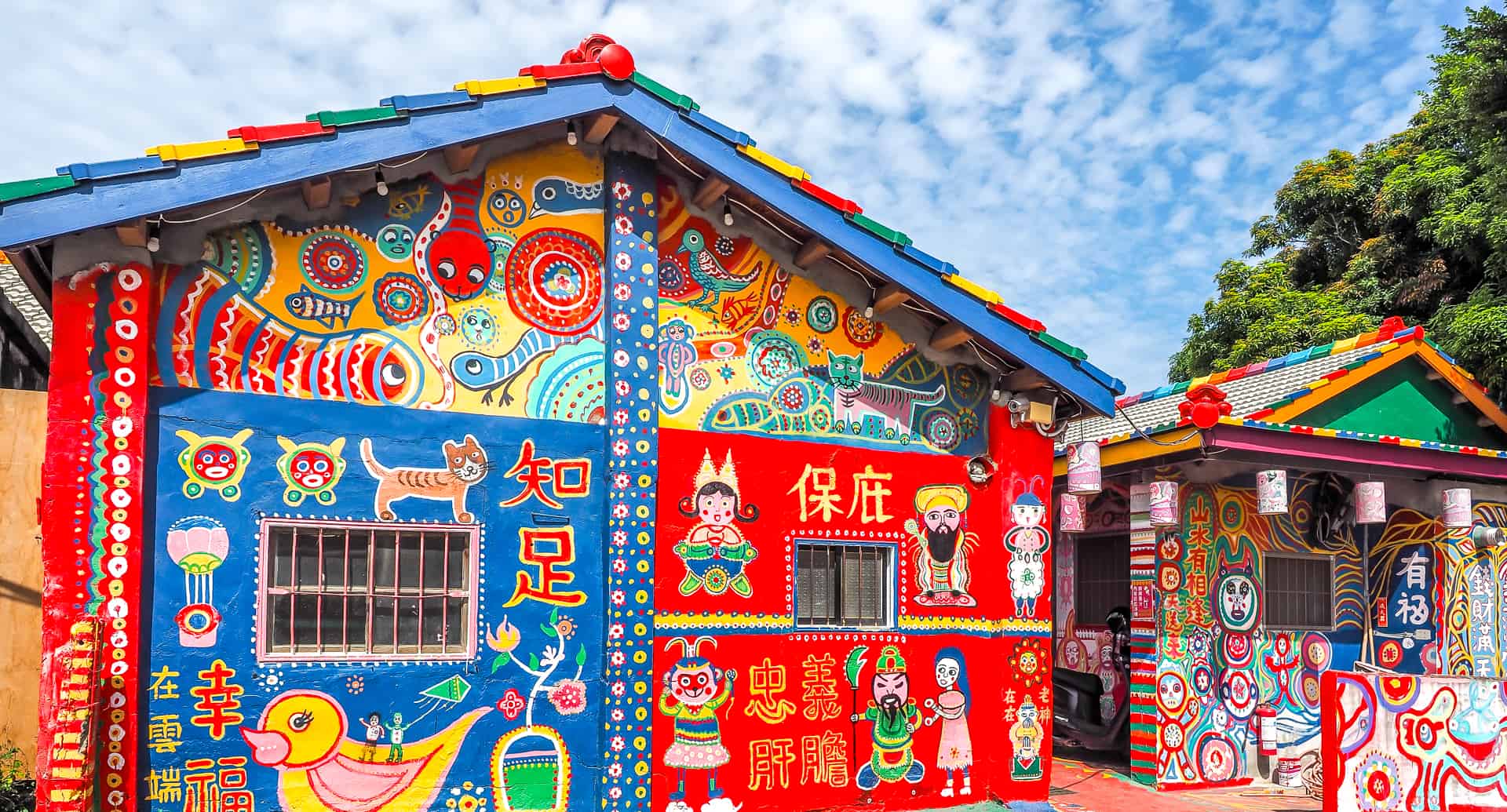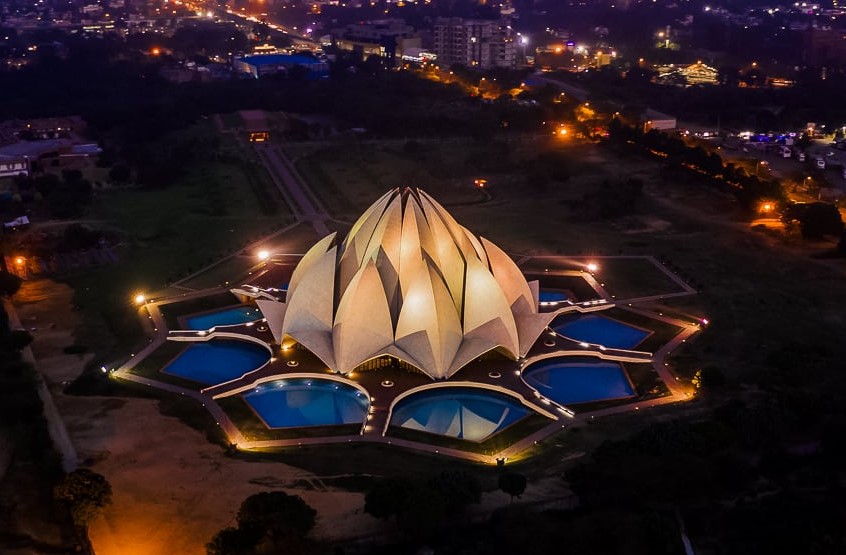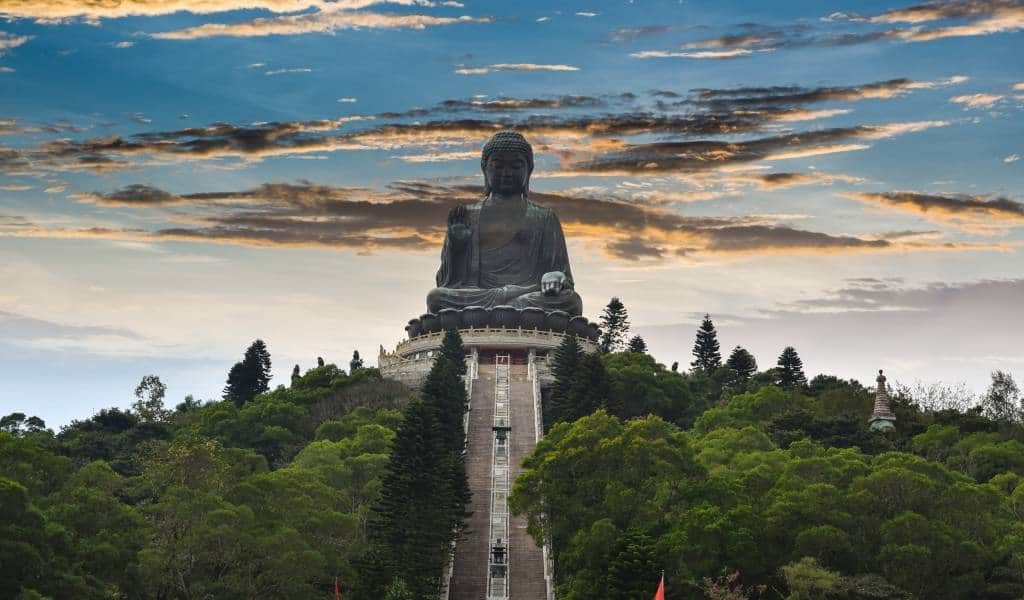Taichung | Taiwan
A city with more than it’s fair share of good restaurants and museums, Taichung now has a population of just over 2.6 million. In addition to a modern, vibrant urban core, the municipality includes aboriginal and Hakka settlements deep in the hills, thinly-populated coastal areas and possibly Taiwan’s most influential religious site: the 280-year-old Dajia Jenn Lann Temple.

Jenn Lann Temple is where Taiwan’s annual ‘million man and woman march’, the famous Mazu birthday pilgrimage, begins and ends.
Culture and cuisine
Taichung’s museums include the National Museum of Natural Science, which covers everything from ecology to Chinese herbal medicine and Taiwanese religious practices, and the National Taiwan Museum of Fine Arts. The latter, Asia’s largest art museum, has four levels of exhibition space and a collection that, while particularly strong when it comes to cutting-edge local art, includes works almost 400 years old.
There’s one other place not far from the city centre worth seeing, and it’s more in keeping with the Taiwan of yesteryear than the tall office buildings and swanky apartment blocks that characterise the city: Taichung Folk Park, where replicas of traditional homes are displayed alongside tools and items of furniture.
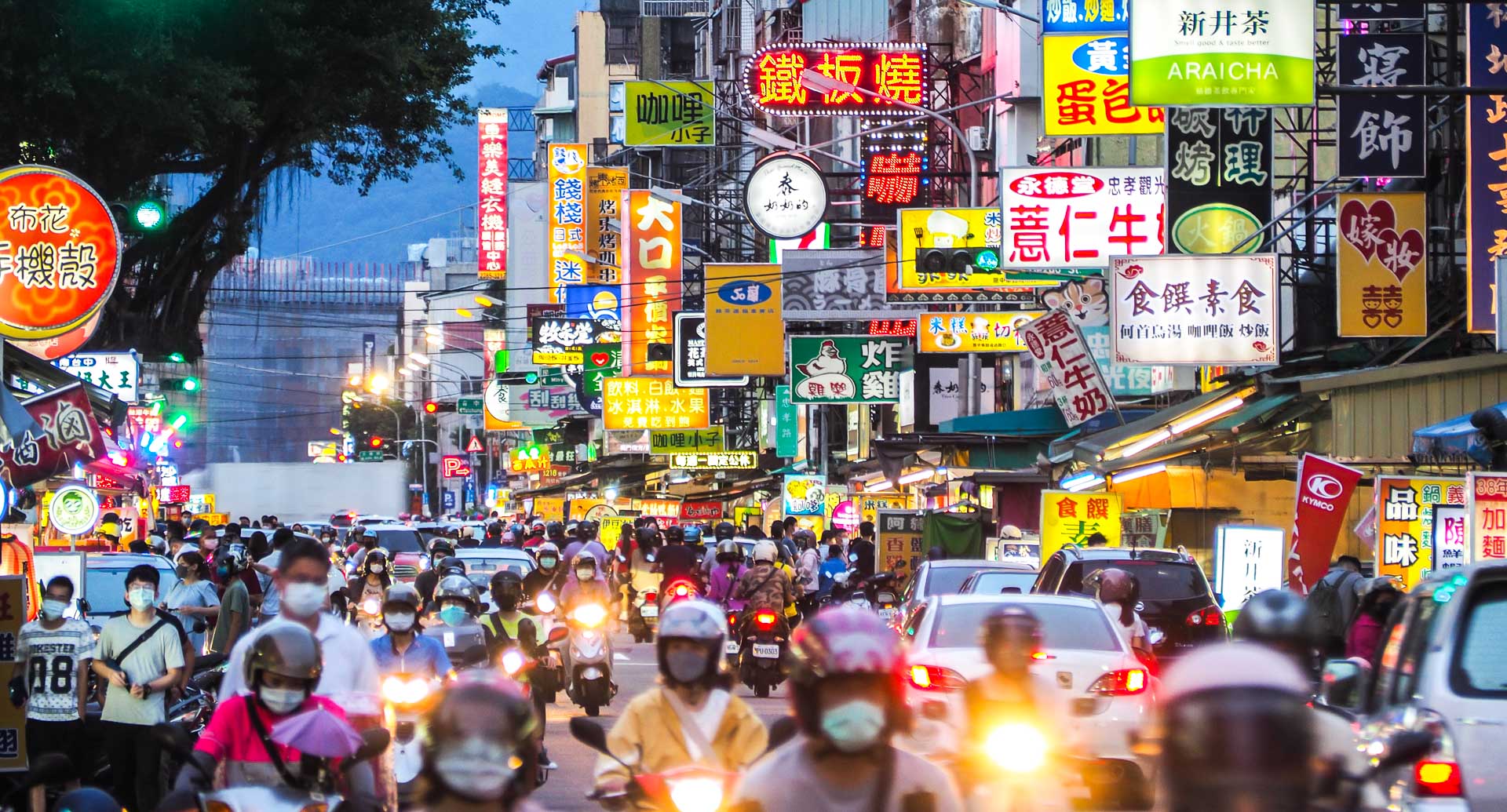
The busiest road in Taichung is called Taiwan Boulevard. It links the downtown with the municipality’s port. Many of the city’s major hotels are on or very near this broad thoroughfare, while an impressive number of fine eating establishments can be found in another neighbourhood, very near the art museum. If none of those eating options appeal, visitors can explore Fengjia Night Market, said to be Taiwan’s biggest and busiest evening bazaar.
Changhua’s Mount Bagua
The county directly south of Taichung is Changhua. Often bypassed in favor of Lugang, Changhua City has enough traces of the past to justify half a day. The city’s single most famous building is its Confucius Temple, but for many visitors Mount Bagua and its giant Buddha statue are highlights.
Long before the Buddha was added to the landscape, Mount Bagua was the site of one of the most important battles in Taiwan’s history. It was here, in the summer of 1895, that the Japanese Army routed Taiwanese forces trying to prevent Japan’s takeover of Taiwan.
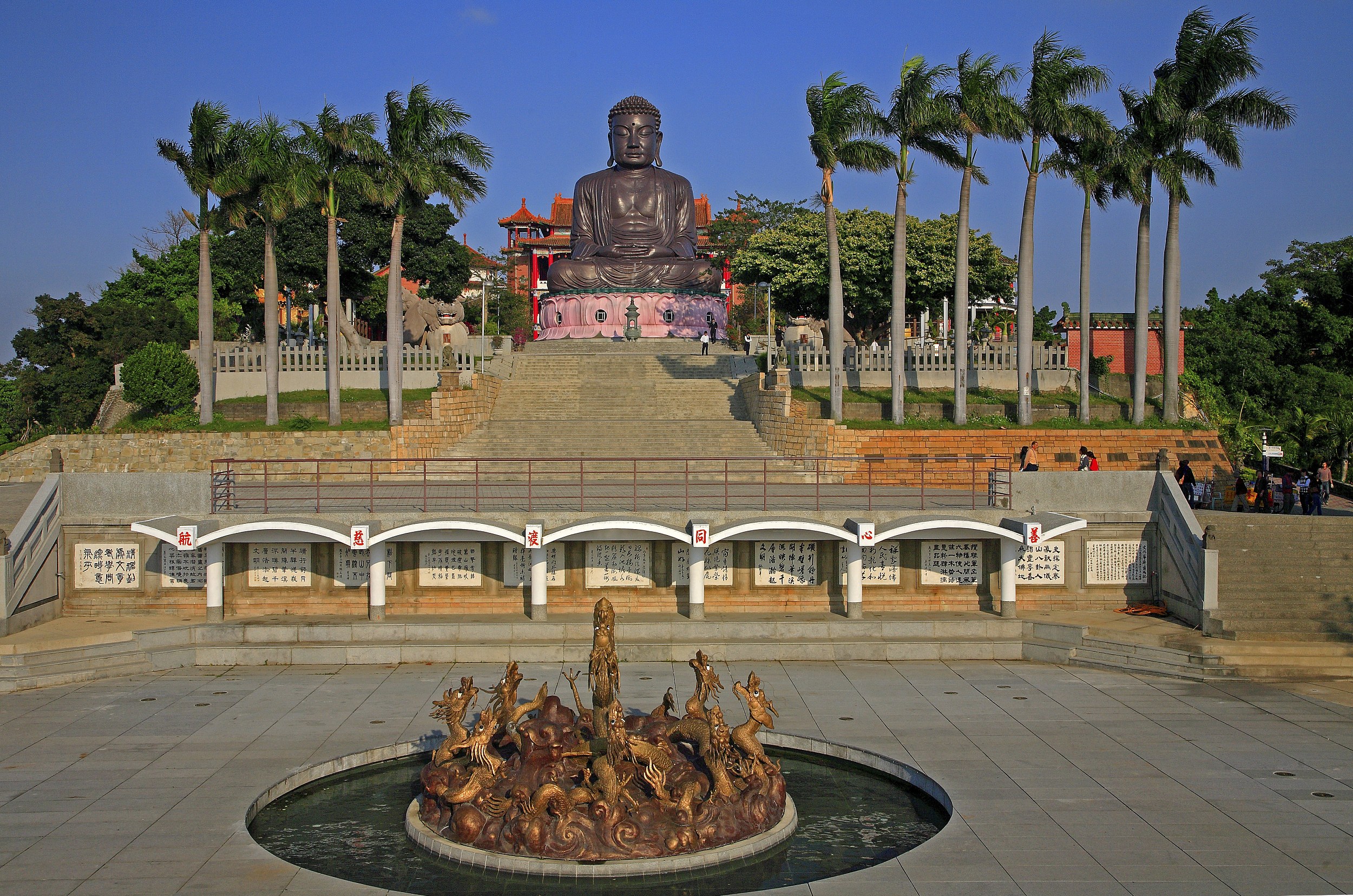
The broad stairway behind the library gets you to the top of Mount Bagua (the name has Taoist connotations) in no time at all. En route there’s a good amount of shade and impressive numbers of butterflies. The Great Buddha, completed in 1954, is 23 m high and made of concrete painted a very dark brown.
The park surrounding the statue offers superb views over this city of 240,000 people, and often all the way to the wind turbines that dot the coast 15 km away. Each spring, birdwatchers flock to Mount Bagua to see migrating buzzard-hawks.

